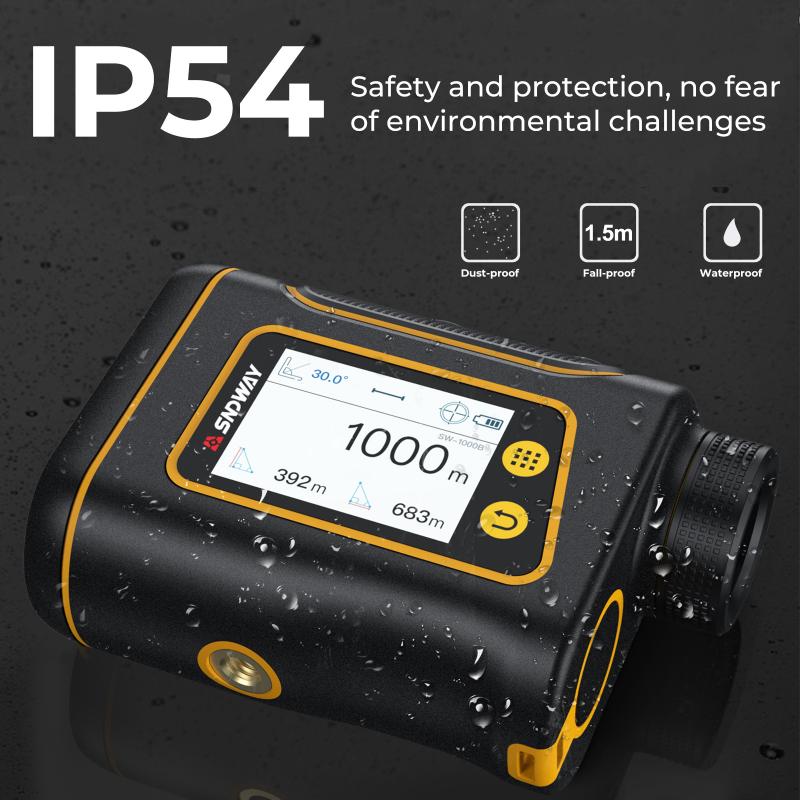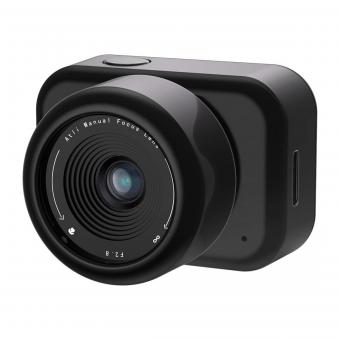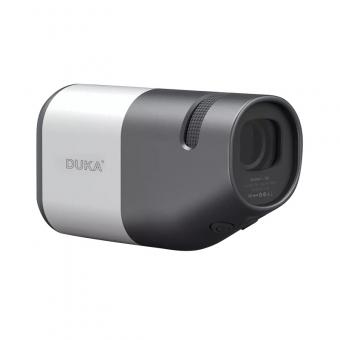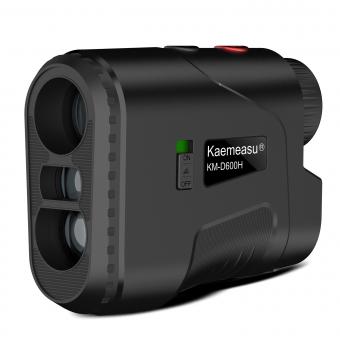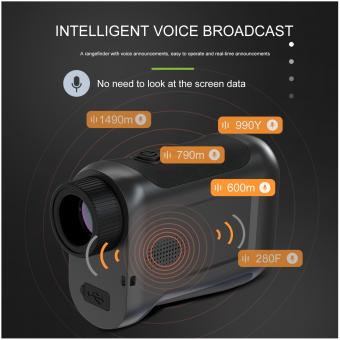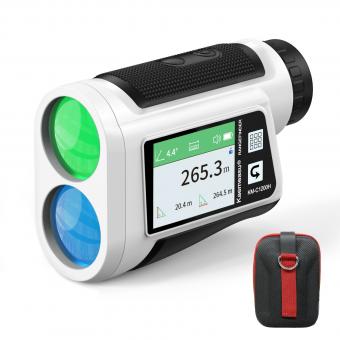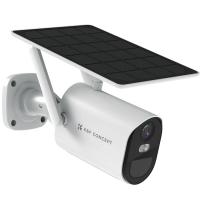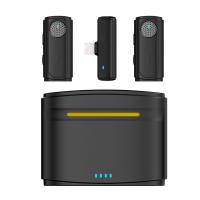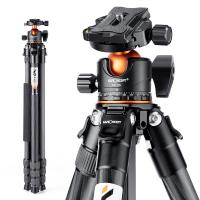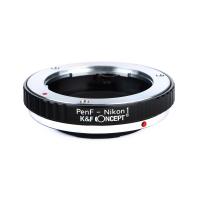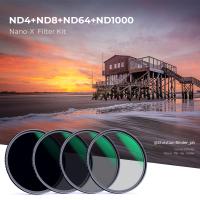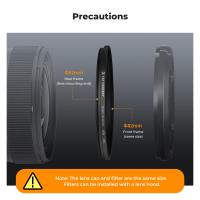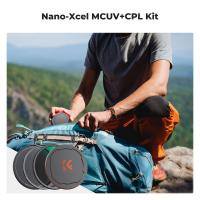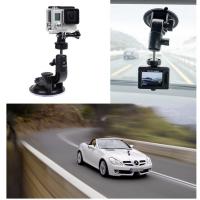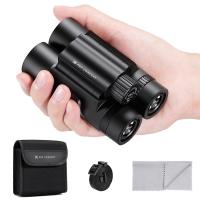Why Are Golf Rangefinders So Expensive ?
Golf rangefinders can be expensive due to several factors. Firstly, they incorporate advanced technology such as laser or GPS systems to accurately measure distances on the golf course. This technology requires research and development, which adds to the cost. Additionally, golf rangefinders are often designed to be durable and weather-resistant, making them suitable for outdoor use. The materials used in their construction, such as high-quality lenses and sturdy casings, contribute to the overall cost. Furthermore, the brand reputation and marketing efforts also play a role in the pricing of golf rangefinders. Established brands with a strong presence in the market tend to charge higher prices for their products. Ultimately, the cost of golf rangefinders reflects the combination of technology, materials, and branding associated with these devices.
1、 Advanced Technology and Features
Golf rangefinders are often considered expensive due to the advanced technology and features they offer. These devices have evolved significantly over the years, incorporating cutting-edge technology to enhance the accuracy and convenience of distance measurement on the golf course.
One of the primary reasons for the high cost is the use of laser technology in modern golf rangefinders. Laser rangefinders utilize a laser beam to measure the distance between the device and the target, providing precise yardage readings. The development and integration of this technology require extensive research, engineering, and manufacturing processes, which contribute to the overall cost.
Furthermore, golf rangefinders now come equipped with various advanced features that enhance their functionality. These features include slope compensation, which adjusts the distance measurement to account for elevation changes on the course. This technology requires additional sensors and algorithms to accurately calculate the slope, adding to the cost of the device.
Moreover, many golf rangefinders now offer GPS functionality, allowing golfers to view detailed course maps and obtain accurate distances to hazards, bunkers, and greens. This integration of GPS technology requires the inclusion of satellite receivers and mapping software, further increasing the cost.
Additionally, the demand for high-quality optics and durable construction materials also contributes to the price of golf rangefinders. Manufacturers strive to provide clear and crisp visuals through high-quality lenses, which can be costly to produce. Moreover, the use of durable materials ensures that the device can withstand the rigors of the golf course environment, adding to the overall cost.
It is worth noting that as technology continues to advance, the cost of manufacturing these devices may decrease over time. However, the current price range reflects the investment in research, development, and the incorporation of advanced features that enhance the overall golfing experience.
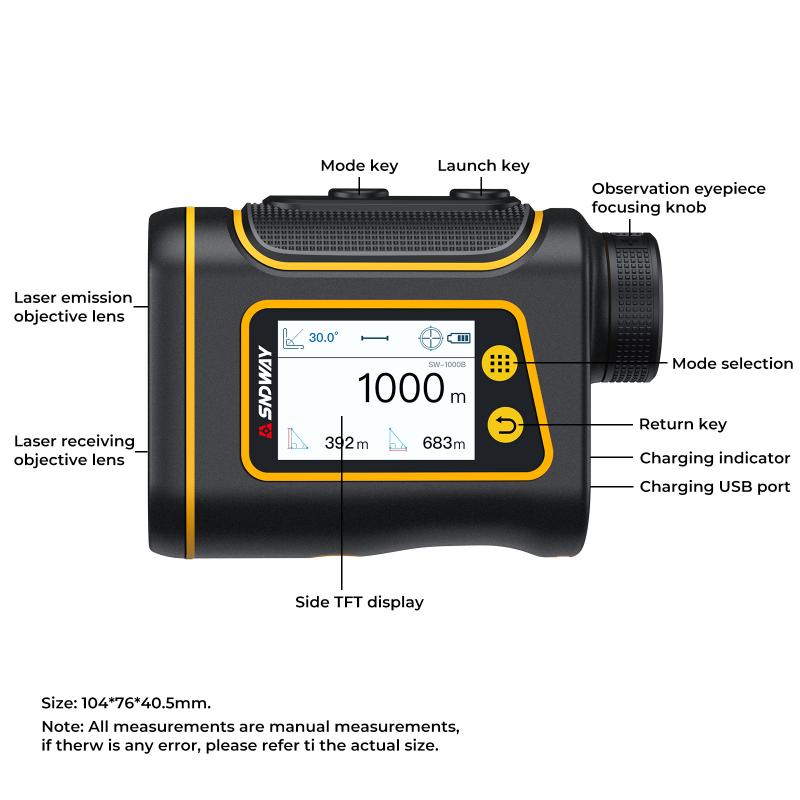
2、 Precision and Accuracy
Golf rangefinders are often considered expensive due to the precision and accuracy they offer to golfers. These devices utilize advanced technology to accurately measure distances on the golf course, providing golfers with crucial information to improve their game. The high price tag can be attributed to several factors.
Firstly, golf rangefinders employ laser technology or GPS systems to measure distances. These technologies require sophisticated components and precise calibration to ensure accurate readings. The cost of developing and manufacturing these components, as well as the research and development involved in improving their accuracy, contributes to the overall expense of the device.
Additionally, golf rangefinders undergo rigorous testing and quality control measures to ensure their accuracy. Manufacturers invest significant resources in testing their products to meet the demands of golfers who rely on precise measurements to make informed decisions on the course. This commitment to accuracy adds to the cost of the device.
Furthermore, the market for golf rangefinders is relatively niche compared to other consumer electronics. The limited demand for these devices means that manufacturers have to price them higher to cover their production costs and make a profit. The economies of scale that typically drive down prices in other industries do not apply as strongly in the golf rangefinder market.
Lastly, as technology continues to advance, golf rangefinders are incorporating additional features such as slope compensation, club recommendations, and course mapping. These added functionalities increase the complexity and cost of the device.
In conclusion, the high price of golf rangefinders can be attributed to the precision and accuracy they offer, the advanced technology and components they utilize, the rigorous testing and quality control measures they undergo, the niche market they cater to, and the additional features they incorporate. While the cost may seem steep, many golfers find the investment worthwhile for the improvement it brings to their game.
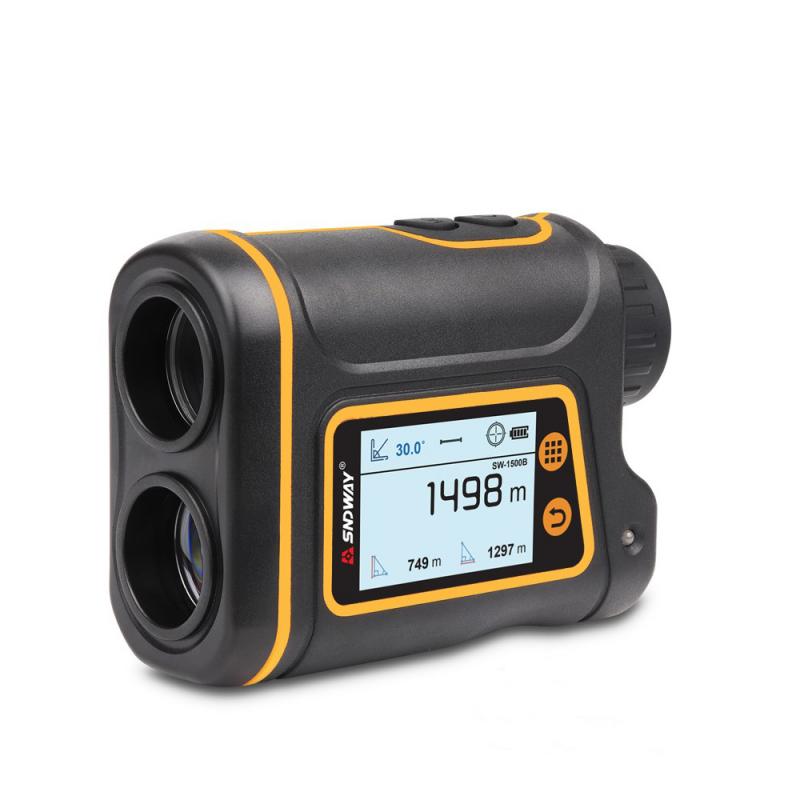
3、 Brand Reputation and Marketing
Golf rangefinders are often considered expensive due to a combination of factors, with brand reputation and marketing playing a significant role.
Firstly, well-established brands in the golf industry have invested heavily in building a reputation for producing high-quality and accurate rangefinders. These brands have spent years perfecting their technology and have built a loyal customer base who are willing to pay a premium for their products. The reputation of these brands allows them to command higher prices in the market.
Secondly, marketing plays a crucial role in the pricing of golf rangefinders. Companies invest heavily in advertising, sponsorships, and endorsements to create brand awareness and promote their products. These marketing expenses are factored into the final price of the rangefinders, making them more expensive for consumers.
Additionally, the latest advancements in technology have also contributed to the higher cost of golf rangefinders. Manufacturers are constantly striving to improve the accuracy, range, and features of their products. This involves research and development costs, which are passed on to the consumer. The incorporation of advanced technologies such as GPS, slope compensation, and laser technology further adds to the overall cost.
Furthermore, the production and manufacturing processes of golf rangefinders also contribute to their price. The use of high-quality materials, precision engineering, and rigorous quality control measures increase the manufacturing costs, which are reflected in the final price.
It is important to note that while golf rangefinders may seem expensive, they are considered an investment by many golfers. The accuracy and convenience they provide on the golf course can significantly improve a player's performance, making them a worthwhile purchase for serious golf enthusiasts.
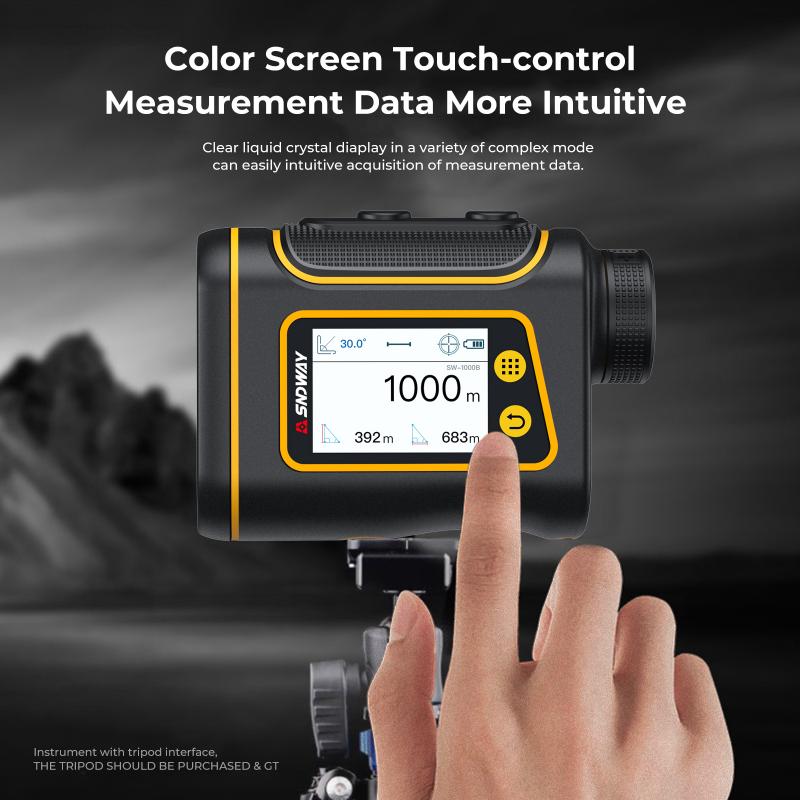
4、 Quality Materials and Construction
Golf rangefinders are often considered expensive due to several factors, with the primary reason being the use of quality materials and construction. These devices are designed to provide accurate distance measurements on the golf course, and therefore require high-quality components to ensure precision and durability.
One of the main components that contribute to the cost of golf rangefinders is the laser technology used for distance measurement. These devices utilize advanced laser systems that emit a laser beam to measure the distance between the rangefinder and the target. The laser technology used in golf rangefinders is often of high quality, allowing for accurate measurements even at long distances. This technology comes at a cost, which is reflected in the price of the device.
Additionally, golf rangefinders are built to withstand the outdoor conditions and the demands of the golf course. They are often constructed with rugged and durable materials that can withstand impacts, moisture, and other environmental factors. The housing of the rangefinder is typically made from high-quality materials such as rubberized grips and waterproof casings, ensuring longevity and reliability.
Moreover, the development and research that goes into creating these devices also contribute to their cost. Manufacturers invest in extensive research and development to improve the accuracy, functionality, and features of golf rangefinders. This ongoing innovation and improvement drive up the cost of these devices.
It is worth noting that while golf rangefinders may seem expensive, they offer significant benefits to golfers. They provide accurate distance measurements, help golfers make informed club selections, and ultimately improve their game. As technology continues to advance, we may see more affordable options in the market, but for now, the cost of quality materials, construction, and advanced laser technology remains a significant factor in the pricing of golf rangefinders.
